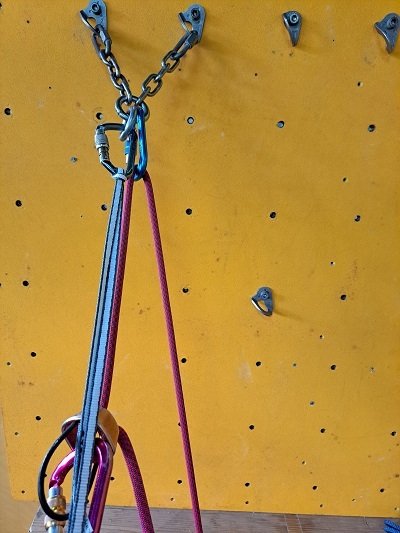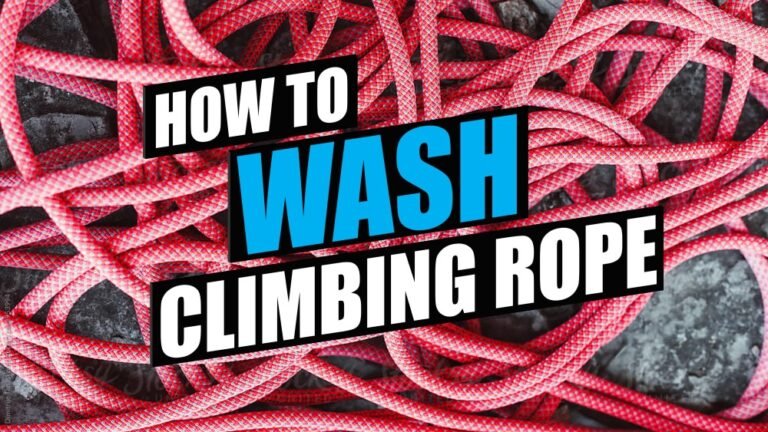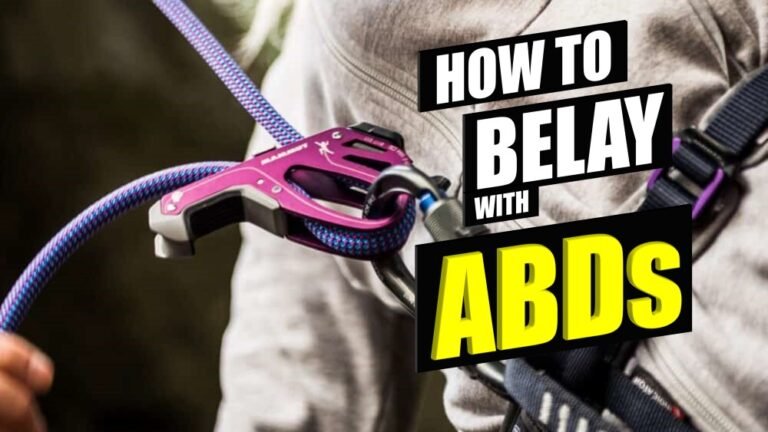What is the difference between indirect redirect and direct belay?
When it comes to multipitch climbing just knowing how to set up an anchor to belay is not enough. Knowing the different types of belaying methods is crucial. Because you may encounter unforeseen situations which require you to improvise. Depending on the situation, such as the quality of the anchor, quantity and types of gear you have, you’ll need to belay using different belay techniques.
There are 3 multipitch belaying methods. Indirect, redirect and direct belay. Each has its purpose, pros and cons. We’ll look at each method in detail.
Direct Belay
Equipment you need for a direct belay
- Safety sling or Personal Anchor System (PAS)
- Locking carabiner x 3
- Belay device (Guide Mode)
How to set up a direct belay?
Secure yourself using your PAS (or a clove hitch) when you reach the anchor. Clip a locking carabiner to the anchor’s master point. Clip a guide mode belay device to the carabiner. Take in all the slack from the rope until the rope to the second climber is tight. Make a bight on the rope and insert it into the belay device slot. Ensure the rope going to the second climber is on the top. Clip the bight of rope in the belay device with another locking carabiner. Belay the second climber up by pulling the belay end of the rope downwards.
Direct belay using a guide mode device is self-locking. When the climber falls the climber’s rope will press downward onto the belayer’s end of the rope thus preventing the rope from sliding. Once the climber continues climbing and the weight is taken off the rope belaying can resume.








Why do you need direct belay?
Direct belay is the preferred way to belay from the top down for multipitch climbing. The key advantage of direct belay is that the belayer is independent of the system. Thus if the climber falls the belayer will not need to catch and hold the climber. And the belayer can remain mobile.
Pros
- The belayer is independent of the system and can remain mobile even if the climber falls
- The belaying system is self-locking
Cons
- Negative impact on the anchor as all the force from a climber’s fall will be on the anchor
- Difficult to lower the climber if needed to
- Only belay devices with the guide mode feature can be used for direct belay
Indirect Belay
Equipment you need for an indirect belay
- Safety sling or Personal Anchor System (PAS)
- Locking carabiner x 2
- Belay device
How to set up an indirect belay?
When you reach the anchor, secure yourself to the anchor using your PAS (or a clove hitch). Clip a belay device onto your harness’s belay loop. Clip the rope into the belay device and take in all the slack until the rope to the second climber is tight. Start belaying the second climber up.
A key thing to note. You’ll need to get into a proper position in which you have a good stance as you’ll be bearing the brunt of the force if the climber falls.
Why do you need indirect belay?
There are a few reasons why indirect belay is advisable. When using an indirect belay most of the impact from a fall will be first adsorbed by the belayer thus there is less impact on the anchor. Climbers will use indirect belay if they find the anchor is less secure than they’d like. An example is during trad climbing. If the anchor only consists of 2 small pieces of gear, and there is a high chance the second climber will fall then it is advisable to use indirect belay. Thus when the climber falls the shock load will mostly be on the belayer’s harness and not on the anchor.
Pros
- Reduce shock load on the anchor
- Allow the belayer to extend the belaying position further away from the anchor
Cons
- It is more different and uncomfortable to belay top-down using the indirect belaying method
- Because the load is on the belayer thus the belayer needs to hold the weight of the climber during a fall
- The belayer is not independent of the system as the climber is connected to the belayer
Redirect Belay
Equipment you need for redirect belay
- Safety sling or Personal Anchor System (PAS)
- Locking carabiner x 2
- Belay device
How to set up a redirect belay?
When you reach the anchor, secure yourself to the anchor using your PAS (or a clove hitch). Clip a locking carabiner at the anchor’s master point. Clip the rope into the carabiner at the master point to redirect the rope from the climber to the anchor. Take in all the slack until the rope to the second climber is tight and belay from your harness with a belay device similar to that of a top rope belay.








Why do you need redirect belay?
The redirect belay is used for belaying a second climber up using a top rope belay method. You can use any belay device for redirect belay. Redirect belaying is easier and more natural compared to belaying using the indirect belay method. Climbers use redirect belay if they do not have a belay device with a guide mode.
A key thing to note. The belay device at your harness should be at least 30cm (12 inches) from the anchor. This is to minimize the chance of being sucked into the anchor when the climber takes a fall.
Pros
- Easy to belay. Belay the second climber up using the top rope belaying method
- Do not need a guide mode belay device to belay
Cons
- Negative impact on the anchor as all the force from a climber’s fall will be on the anchor
- If the climber takes a big fall or if the climber is much heavier than the belayer, the belayer will be pulled into the anchor











